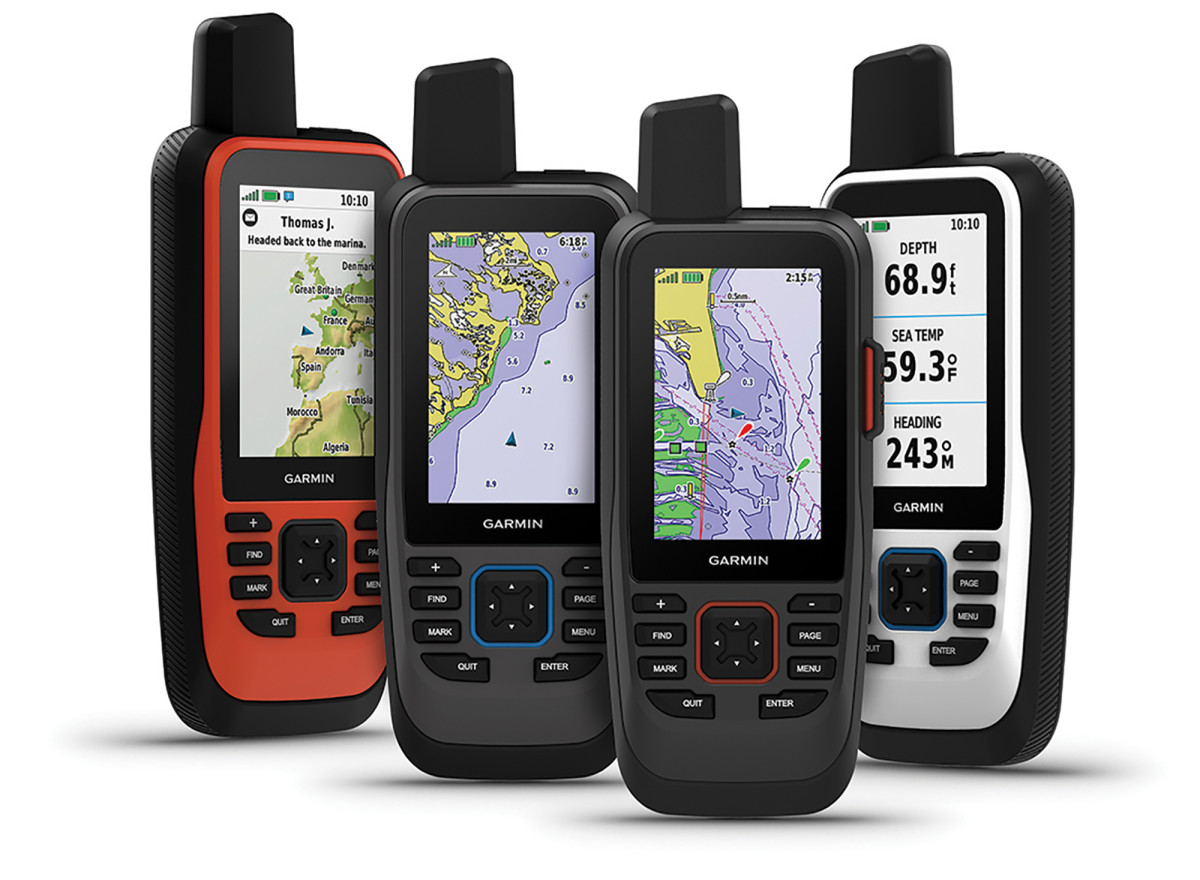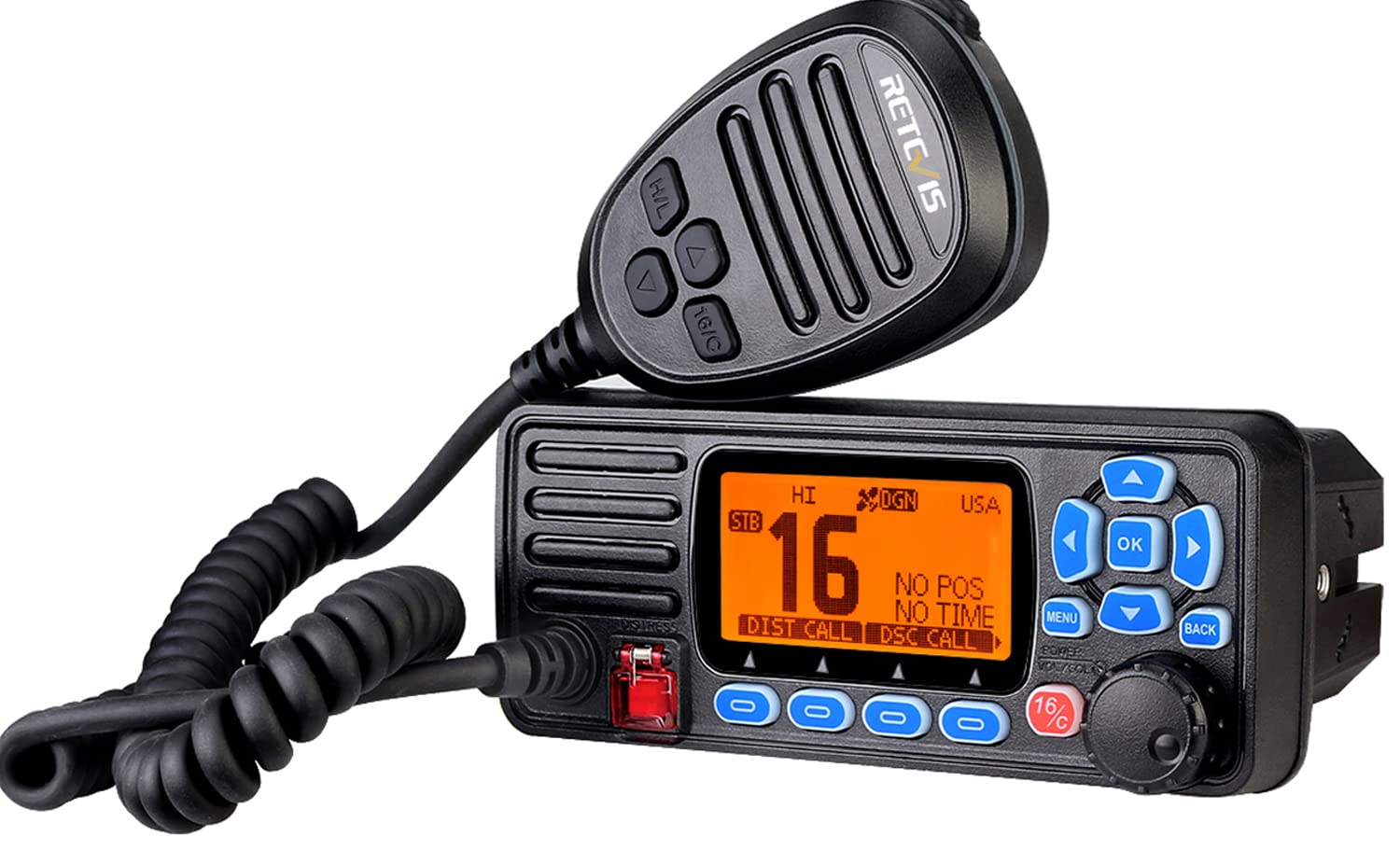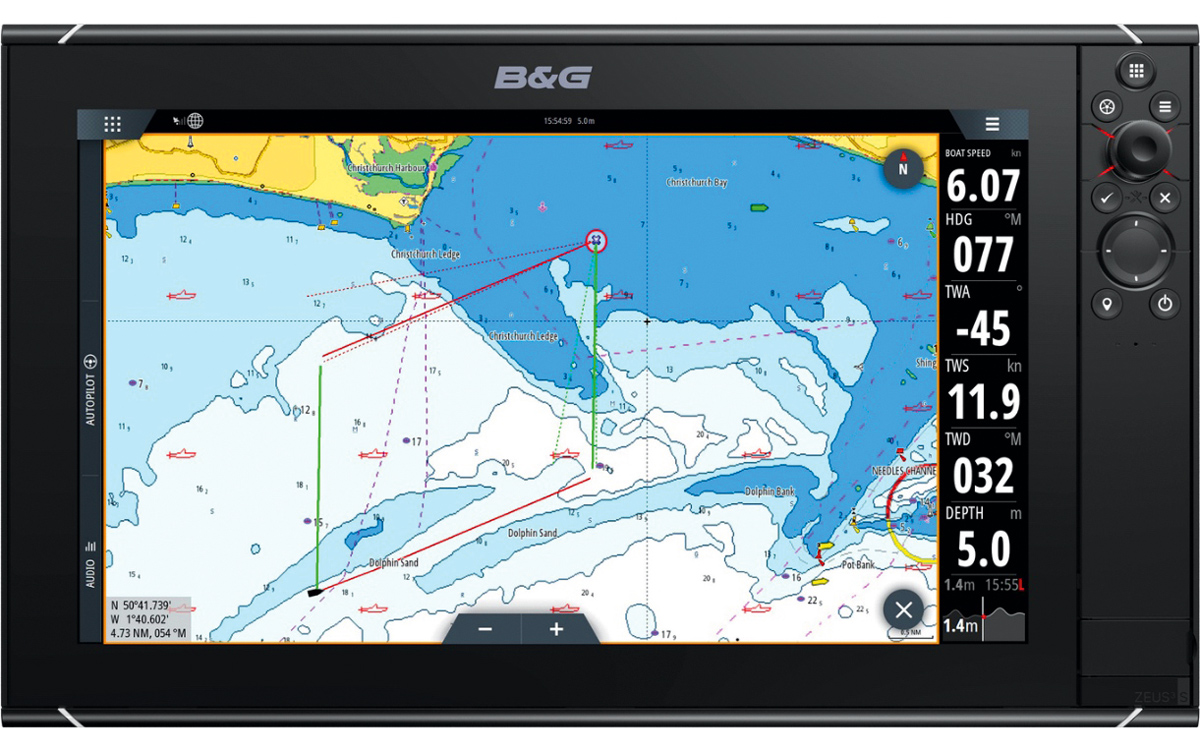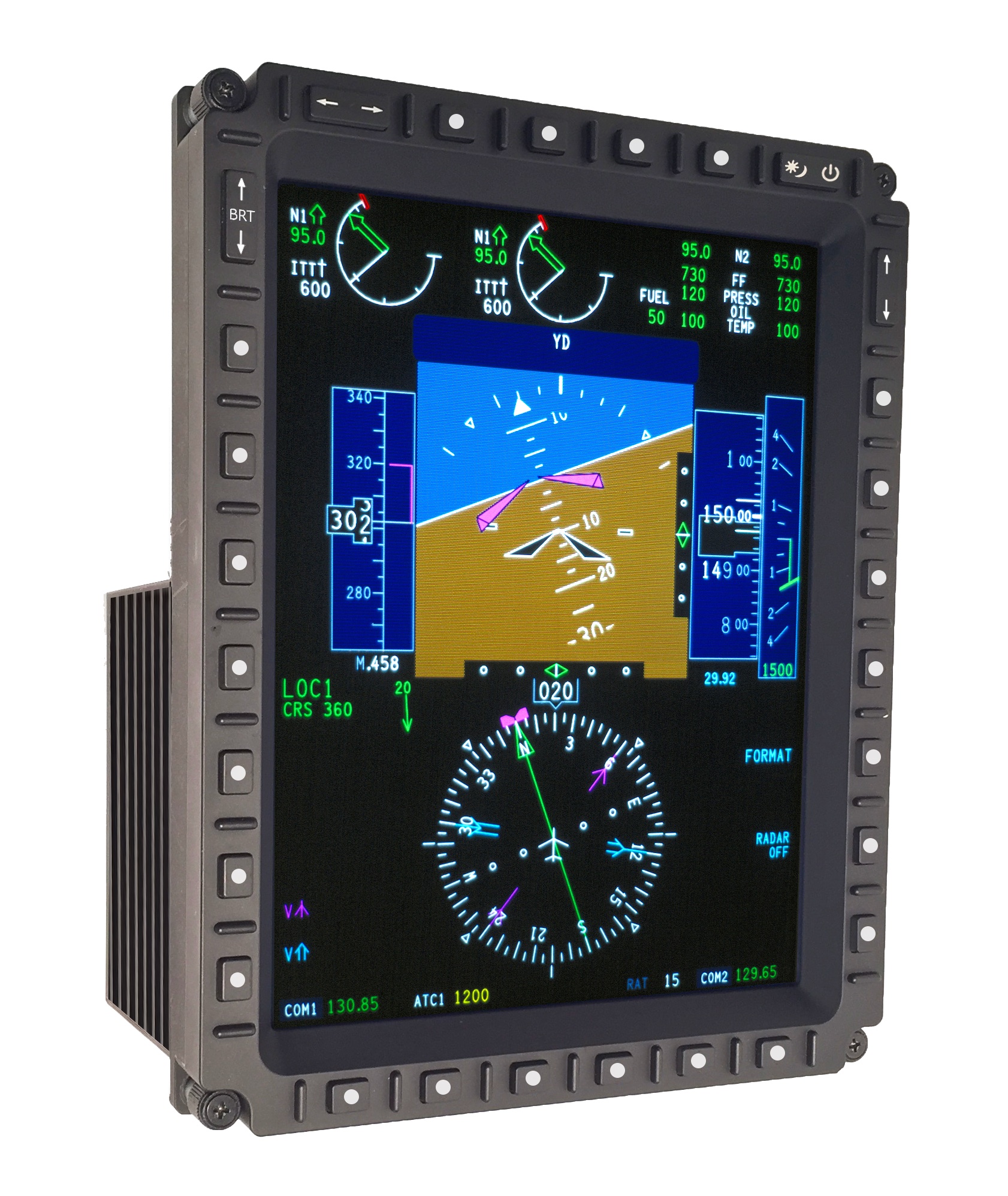
Marine GPS systems have become essential tools for modern navigation, offering sailors, fishermen, and marine enthusiasts precise and reliable information to ensure safe and efficient travel on the water. These systems utilize satellite technology to provide real-time positioning, mapping, and navigational data. This article explores the different types of marine GPS systems and explains how they work.
Types of Marine GPS Systems
1. Handheld Marine GPS Units
Handheld marine GPS units are portable devices that offer flexibility and convenience for boaters. These devices are compact and can be easily carried, making them ideal for small boats, kayaks, or as backup units on larger vessels. Features of handheld GPS units often include:
– Waterproof and rugged design
– Preloaded maps and the ability to upload additional charts
– Route planning and tracking capabilities
– Waypoint marking and navigation
– Long battery life with rechargeable or replaceable batteries

2. Fixed-Mount Marine GPS Units
Fixed-mount marine GPS units are permanently installed on the boat, usually at the helm or navigation station. These units provide more advanced features and larger displays compared to handheld units, making them suitable for larger vessels and professional use. Key features of fixed-mount units include:
– Large, high-resolution screens for easy viewing
– Integrated with other marine electronics such as fish finders, radar, and autopilot systems
– Detailed chartplotting and navigation capabilities
– Multiple mounting options (flush mount, bracket mount, etc.)
– Power sourced from the boat’s electrical system

3. Chartplotters
Chartplotters are specialized marine GPS units that focus on displaying detailed nautical charts and providing advanced navigation features. These devices are essential for mariners who require precise route planning and real-time tracking of their position relative to charts. Key features of chartplotters include:
– High-definition displays with touchscreen capabilities
– Extensive chart compatibility (e.g., Navionics, C-MAP)
– Real-time weather overlays and tide information
– Integrated sonar for depth and fish finding
– Advanced waypoint and route management

4. Multi-Function Displays (MFDs)
Multi-function displays are comprehensive marine electronics systems that combine GPS, chartplotting, radar, sonar, and other navigational tools into a single unit. MFDs are often the centerpiece of a boat’s navigation system, providing a centralized interface for all navigational data. Features of MFDs include:
– Large, customizable screens with split-view options
– Integration with AIS (Automatic Identification System) for vessel tracking
– Network capabilities to connect with other onboard systems (e.g., autopilot, engine data)
– Real-time data sharing and remote monitoring through mobile apps
– Advanced navigation aids such as 3D charts and satellite imagery


How Marine GPS Systems Work
Marine GPS systems operate by receiving signals from a network of satellites orbiting the Earth. The Global Positioning System (GPS) consists of at least 24 satellites that transmit time-stamped signals to GPS receivers. Here’s a step-by-step explanation of how marine GPS systems work:
1. Satellite Signal Reception: The marine GPS receiver picks up signals from multiple GPS satellites. Each satellite transmits a unique signal that includes its location and the precise time the signal was sent.
2. Calculating Distance: The GPS receiver calculates the distance to each satellite by measuring the time it takes for the signal to travel from the satellite to the receiver. This is possible because the signal travels at the speed of light.
3. Triangulation: By receiving signals from at least four satellites, the GPS receiver can determine its exact position on the Earth’s surface through a process called triangulation. It calculates its latitude, longitude, and altitude by comparing the distances from the different satellites.
4. Displaying Position: Once the receiver has calculated its position, it can display this information on the device’s screen. For chartplotters and MFDs, this position is overlaid on detailed nautical charts, allowing users to see their location relative to coastlines, buoys, and other navigational aids.
5. Navigation and Tracking: Marine GPS systems provide various navigation tools, such as waypoint marking, route planning, and real-time tracking. Users can input destinations, create routes, and monitor their progress. Advanced systems can also offer alerts for shallow waters, obstacles, and other hazards.
6. Integration with Other Systems: Many marine GPS units integrate with other onboard systems to provide comprehensive navigational data. For example, they can connect with sonar to display depth information, radar for detecting other vessels, and AIS for tracking nearby ships.
Conclusion
Marine GPS systems have revolutionized navigation on the water, offering unparalleled accuracy and reliability. Whether you’re using a handheld unit for a small boat or a multi-function display on a yacht, these systems provide essential information for safe and efficient travel. Understanding the different types of marine GPS systems and how they work can help mariners make informed decisions about the best tools for their needs.